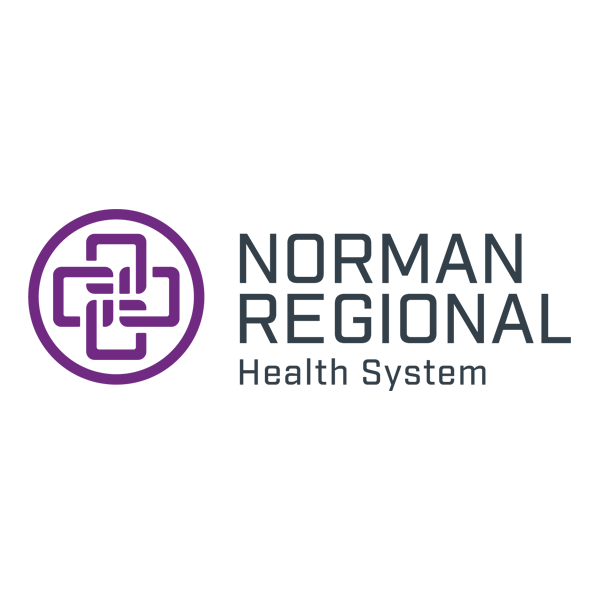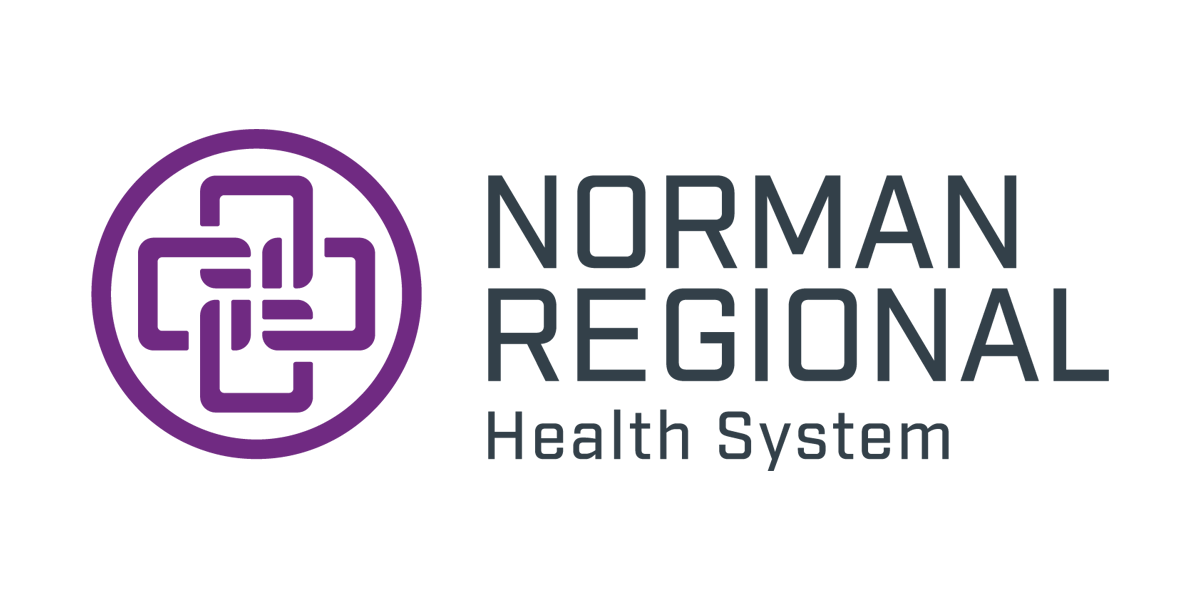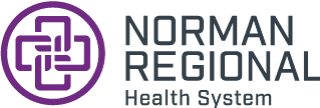
Wednesday, March 3, 2021
Norman Regional EMSSTAT recently began a new ET3 program, which stands for Emergency Triage, Treat and Transport. EMSSTAT is the only Emergency Medical Services agency in Oklahoma to be approved for the program.
The voluntary, five-year program aims to improve quality and lower costs by reducing avoidable transports to the Emergency Department and unnecessary hospitalizations following transports, according to CMS (Centers for Medicaid and Medicare Services).
Jan Emmons, director of emergency services, said the adoption of the ET3 program has been a couple of years in the making. Richie Splitt, president and CEO of Norman Regional, sent Jan an email about the ET3 program trial about two years ago. He told her to watch for it and make it happen when it became available.
Jan said about a year ago now, all EMS agencies across the country got the opportunity to apply for the ET3 program. It was a lengthy application process, but EMSSTAT got accepted! Jan credits that with the uniqueness of EMSSTAT being a part of a health system that has a wide variety of options for the patient to receive care.
“The ET3 project is a CMS demonstration project that will likely revolutionize the way we provide prehospital care,” said Patrick Cody, DO, an emergency medicine physician and medical director over EMSSTAT. “The current practice is that every patient who calls 911 gets an ambulance ride that will take them to the hospital. ET3 allows us to utilize other methods of providing care in a manner which is more cost effective and in a way that preserves critical resources for those who may need them. This is particularly timely given the pandemic. There is obvious benefit to rerouting appropriate patients to urgent cares, primary care physicians and telehealth. I suspect that at the conclusion of the demonstration project, this will become the standard of care. I also believe that there will be additional offshoots of this project and I suspect the end result is that EMS will become more proactive in the community as opposed to the current reactive philosophy of only responding to emergency calls.
“Imagine the benefit to identifying at-risk individuals in the community and taking care to them before it escalates to the point of requiring an emergency department visit. Not only is this good care, but it is the right thing to do for people. I think this is where we are headed with all of this, and, quite frankly, is the most exciting piece of this for me.”
A benefit to the ET3 program is paramedic flexibility. Based on the patient assessment and physician approved protocols, the paramedic can assist the patient in determining the most appropriate alternate site for their care.
The ET3 program is designed to help patients access the most appropriate level of healthcare to fit their needs. That could be a clinic or an urgent care, instead of a busy emergency department. This helps the patient avoid wait times and costly ED bills. Patients who are offered an alternate site for care, can always decline and still be transported to the emergency department.
The alternate sites EMSSTAT will be directing patients to will include urgent cares and clinics in Moore and Norman. Another potential option for the patient will be Norman Regional Virtual Care. The paramedic or EMT would help assist the patient in setting up the app.
In preparation for the new program, EMSSTAT purchased a wheelchair accessible van. This van and an EMT will have the ability to help transport patients who don’t have transportation to an alternate site.
EMSSTAT’s ET3 program currently only includes Medicare patients. Emmons said she is hopeful the program will expand to other patients soon.


